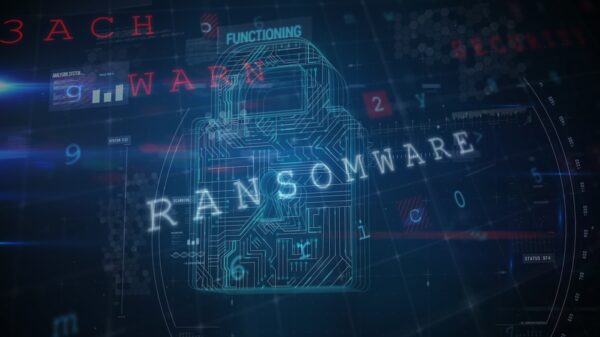Trend Micro security researchers have discovered an AutoIt-compiled worm that infects removable drives to spread the njRAT backdoor to other machines.
Also known as Bladabindi, the njRAT remote access Trojan has been around since at least 2013 and is considered one of the most prevalent malware families out there. The threat provides attackers with remote access to the infected machines, can steal passwords and virtual coins, log keystrokes, launch distributed denial of service (DDoS) attacks, and lock the screen.
Over the years, the available customization options and its availability on the underground made the threat the malware-to-go for various cyber-espionage campaigns, and recent attacks show that the threat remains prevalent.
One of the most notable aspects of the new attack, Trend Micro says, is the use of AutoIt (the FileInstall command) to compile the payload and the main script into a single executable. Because of that, detection becomes more difficult, the security researchers argue.
Once launched on the target machine, the AutoIt script first deletes any file named Tr.exe from the system’s %TEMP% directory, and installs its own version of the file. The dropped file is then executed, and a copy of itself is dropped in the same directory, while persistence is achieved through adding a shortcut to the Startup directory.
The malware installs a hidden copy of itself on all removable drives connected to the infected system, which ensures that it can immediately propagate to more machines. The threat then drops a shortcut file (.LNK) and moves the original files of the removable drive from root to a folder named sss.
The Tr.exe file is another AutoIt-compiled executable script that contains a base-64 encoded executable, which it writes to a registry value. The script then creates another value for persistence and uses an auto-run registry to execute PowerShell and load the encoded executable via reflective loading.
The njRAT variant used in this attack employs water-boom[.]duckdns[.]org for command and control (C&C) purposes. Similar to previous variants of the threat, a dynamic domain name system (DNS) is used for the C&C-related URL, which allows the attackers to hide the server’s actual IP address or change it as necessary.
When executed, the backdoor creates a firewall policy to add PowerShell’s process to the list of allowed programs in the system.
“The worm’s payload, propagation, and technique of filelessly delivering the backdoor in the affected system make it a significant threat. Users and especially businesses that still use removable media in the workplace should practice security hygiene,” Trend Micro notes.
Related: njRAT Gets Ransomware, Crypto-Currency Stealing Capabilities
Related: Cyber-Espionage Campaigns Target Tibetan Community in India
















